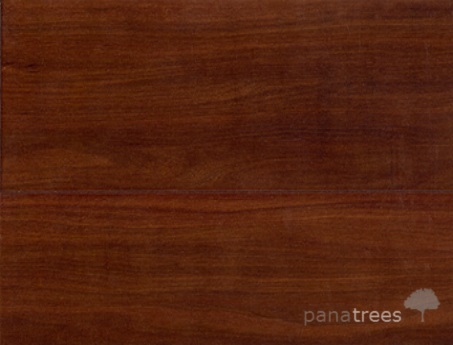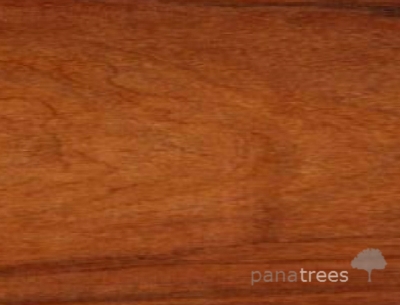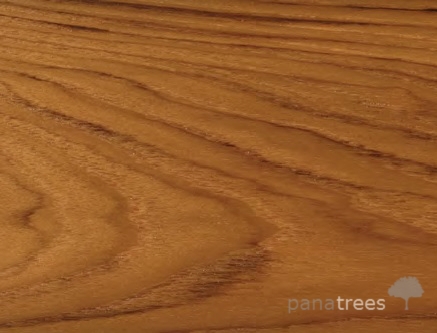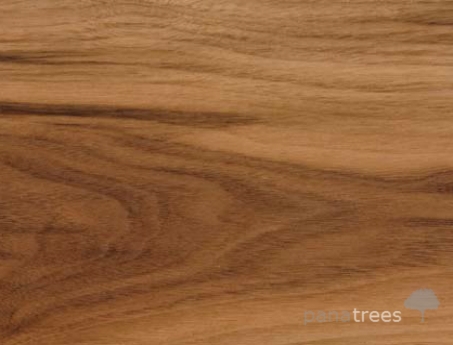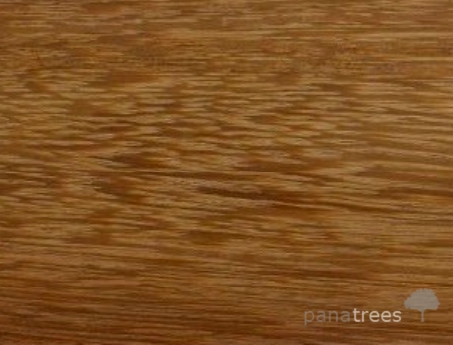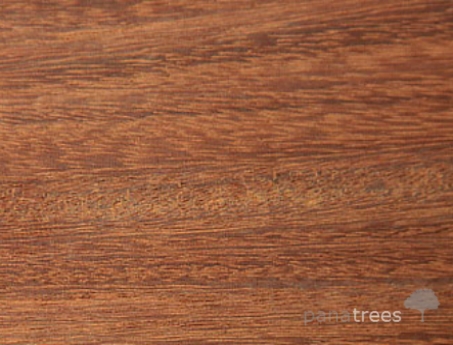

Balustrades

Exclusive furniture

Original texture pattern
Description
This wood common names are Amarillo, Nargusta, Canshan (Mexico), Guayabo leon (Colombia), Pardillo negro (Venezuela), Pau-mulato brancho (Brazil).
Appearance: Heartwood varies from yellowish olive to golden brown, sometimes with prominent reddish-brown stripes; not readily separated from the yellowish sapwood. Luster medium to rather high; texture medium; without distinctive odor or taste in dry material. When dry, the sapwood turns orange or yellowish, and the heartwood becomes reddish yellow, light yellowish brown, or yellowish olive with darker reddish or dark brown stripes.
Characteristics: Its density and hardness makes it fairly difficult to work with hand tools and machine tools. Straight grained material planes well. Tests show the wood to be resistant to white and brown rot fungus as well as to dry-wood termites. Variable results in seasoning; some reported easy to dry with little or no degrade.
It is suggested as a possible substitute for oak.
Suitability
- Cabinet doors
- Boating
- Decking & Cladding
- Flooring & Staircases
- Furniture
- Joinery
Technical information
| Density (kg/m3 dry) | 785 | Hardness (Janka) (kN) | 7,7 | Resistance to split in nailing | Good |
| Specific gravity | 0.70 | Finish | Good | Resistance to split and screwing | Good |
| Modulus of rapture (Mpa dry) | 122,5 | Stability | Excellent | Gluing | Fair |
| Modulus of elasticy (Mpa dry) | 15,2 | Crushing Strength (Mpa dry) | 66 | Durable | Yes |
| Radial shrinkage % | 6,4 | Sapwood Lyctid Susceptible | No | Trees | 20-35 year old |
| Tangential shrinkage % | 8,7 | Machining | Good | Round logs | Girth of 40-150 cm |
| Volumetric % | 14,9 | T/R Ratio | 1,4 | Growing regoin | South and Central America |


Round logs. Different sizes available
- per ton


